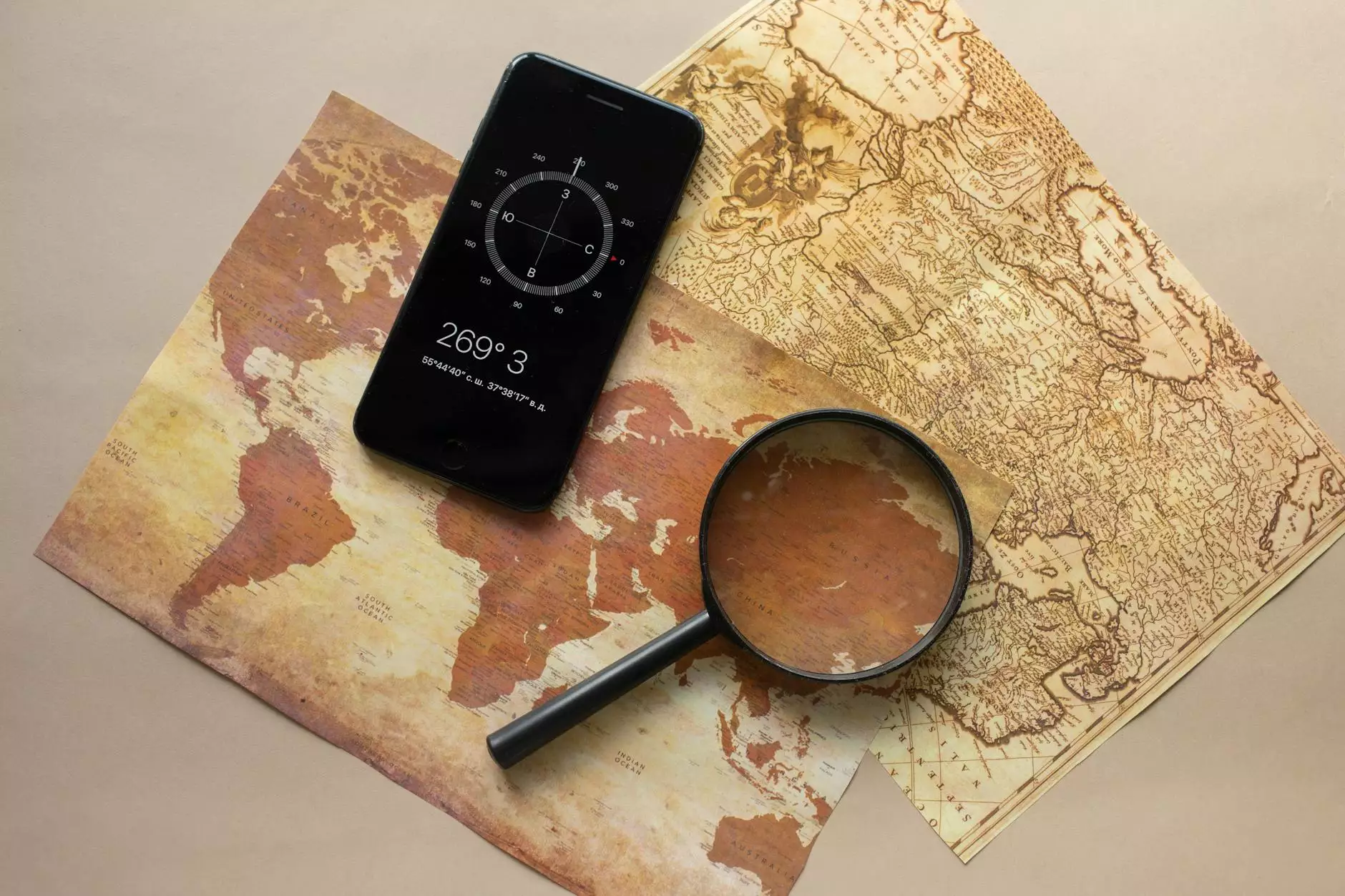3 Reasons Why You Shouldn't Use a Photograph as Part of Your Logo Design

As a business owner in the digital age, creating a strong and impactful logo is essential for building a recognizable brand. However, when it comes to designing your logo, using a photograph might seem like an appealing option. While photographs can capture moments beautifully, incorporating them into your logo design may not always be the best choice for your business. In this article, we will explore three important reasons why using a photograph as part of your logo design may not be the ideal approach, and provide alternatives to help you create a unique and memorable logo for your website.
1. Limited Scalability and Versatility
One of the major drawbacks of using a photograph in your logo design is the limited scalability and versatility it offers. Photographs are raster images made up of pixels, which means that when you resize them, the image quality may be compromised. This can result in a distorted or pixelated logo, especially when it is scaled up or down.
Furthermore, photographs are often complex and detailed, making it challenging to reproduce them in smaller sizes without losing clarity. This poses a problem when it comes to using your logo across various platforms and mediums such as websites, social media profiles, business cards, and signage. In these cases, a simple and scalable logo design allows for better visibility and brand recognition.
2. Lack of Originality and Copyright Issues
Using a photograph as part of your logo design can also limit your ability to create a truly original and unique brand identity. Photographs are typically taken by someone else and may subject to copyright laws or licensing restrictions. Without proper permissions or licenses, incorporating a photograph into your logo can lead to legal issues and potential infringement.
Additionally, relying on a photograph for your logo design may result in a less memorable and generic visual representation of your brand. In a crowded market, standing out and differentiating yourself from competitors is crucial. By opting for a more original logo design, you can effectively convey your brand's values, personality, and offerings to your target audience.
3. Timelessness and Adaptability
A successful logo should be timeless and adaptable to changing trends, ensuring its longevity and relevance. However, using a photograph in your logo can inadvertently tie it to a specific moment or era, making it susceptible to becoming outdated quickly.
Moreover, as your business grows and evolves, you may need to make adjustments to your logo to align with new products, services, or target audiences. A photograph-based logo can restrict your ability to make these necessary modifications easily, resulting in the need for a complete redesign.
Alternatives to Using a Photograph in Your Logo Design
Now that we've explored the reasons why using a photograph as part of your logo design may not be the best choice, let's discuss some alternative approaches to create a unique and memorable logo for your website:
1. Custom Icon or Illustration
A custom icon or illustration can encapsulate your brand's essence while offering scalability and versatility. Working with a professional designer, you can create a unique visual representation of your business that is easily recognizable and adaptable to various mediums.
2. Typography-based Logo
Typography-based logos rely on creative and unique arrangements of fonts and letterforms to create a distinctive brand identity. By experimenting with different typefaces, sizes, and orientations, you can craft a logo that is both visually appealing and timeless.
3. Abstract Symbol or Shape
Using an abstract symbol or shape allows for limitless interpretation, making it highly adaptable and memorable. This approach enables you to convey the essence of your brand without being bound by the restrictions of a photograph.
In conclusion, while using a photograph as part of your logo design might initially seem attractive, it comes with various drawbacks that can hinder your brand's growth and recognition. By considering alternatives such as custom icons, typography-based logos, or abstract symbols, you can create a unique and versatile logo that stands the test of time and resonates with your target audience. Remember, investing in a professional designer who understands your brand can make all the difference in crafting a remarkable logo that sets you apart in the competitive digital landscape.










